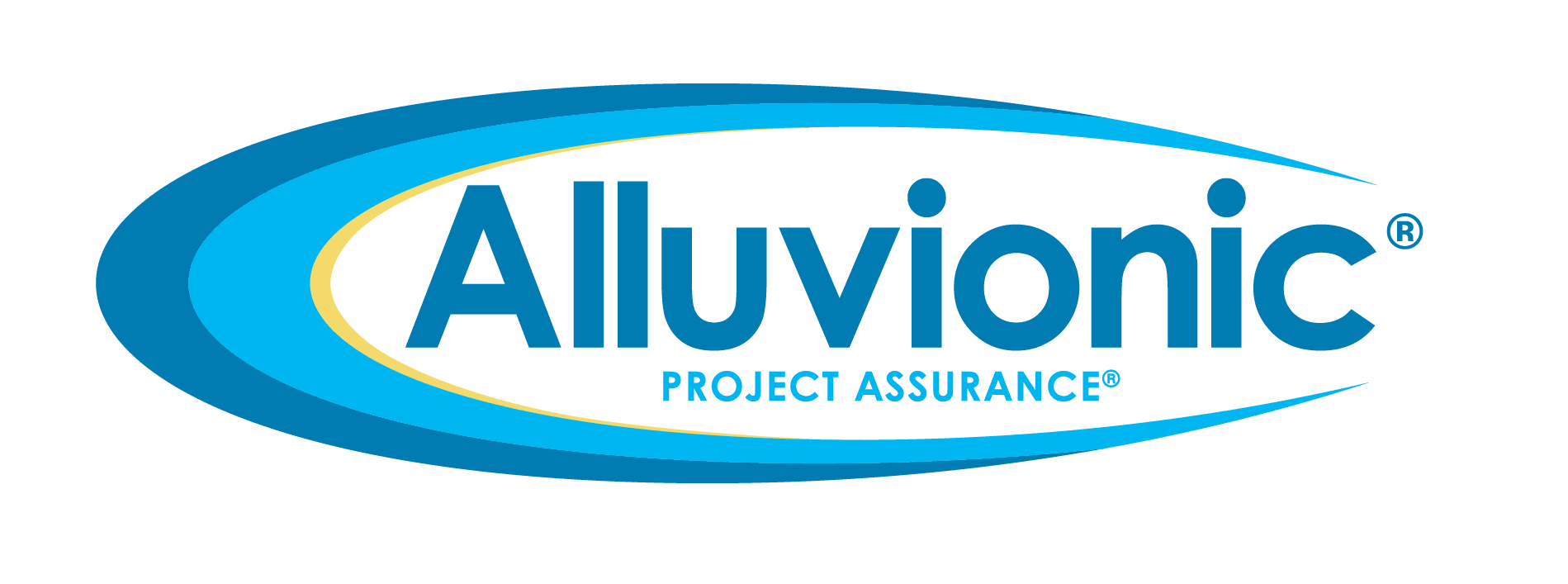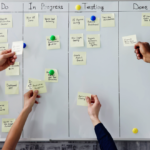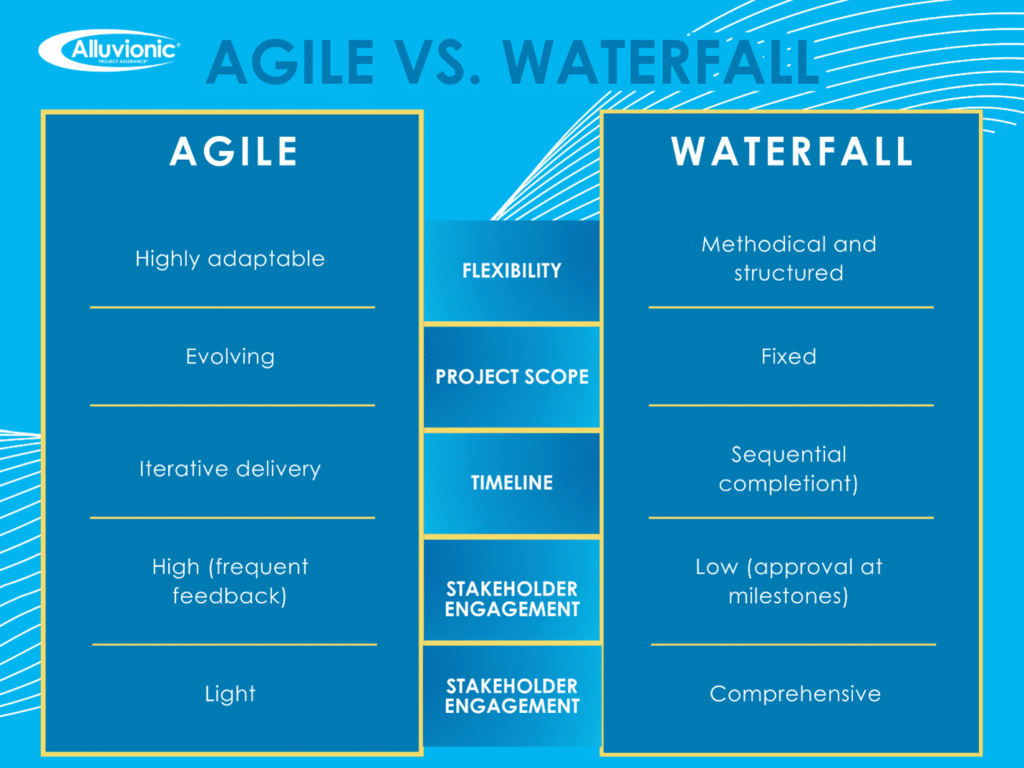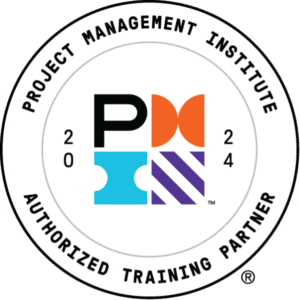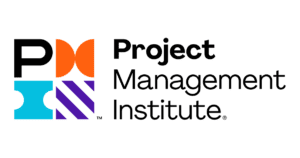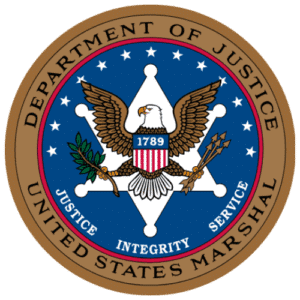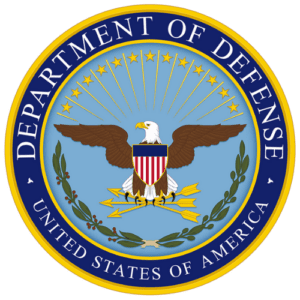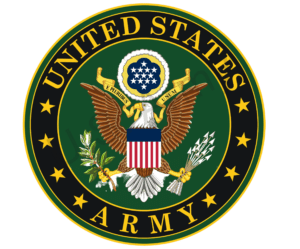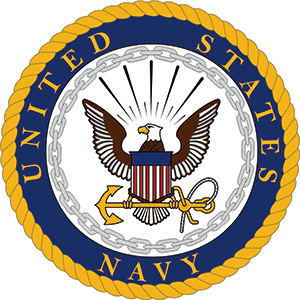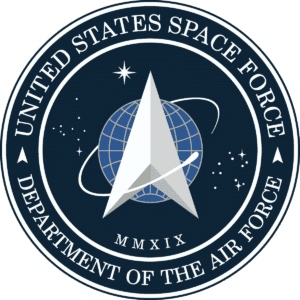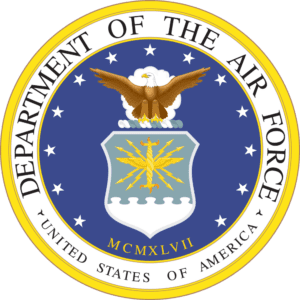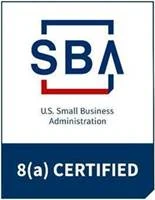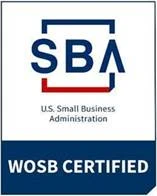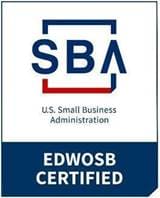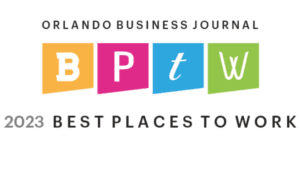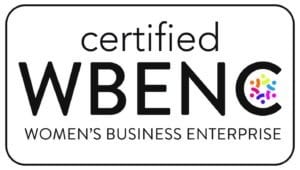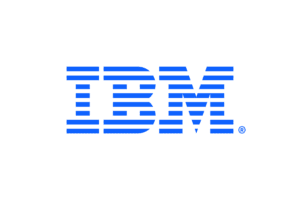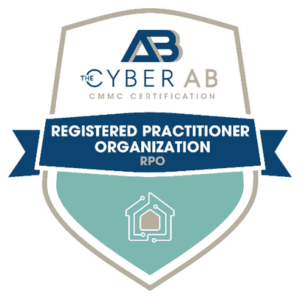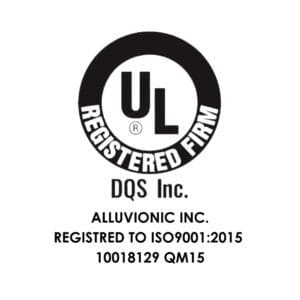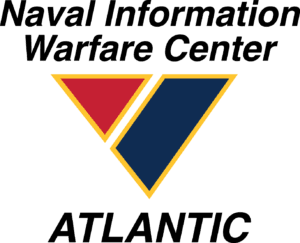Imagine standing at a crossroads, each path promising success but with very different terrain. One route is a winding trail where quick decisions and adaptability guide your way—this is the path of Agile project management. The other, Waterfall project management, is paved, clearly marked, and straightforward. How do you choose the best route for your business goals?
Selecting the right project management methodology—Agile or Waterfall—can set the tone for your project’s success. Whether you’re navigating a large IT overhaul, rolling out a new product, or tackling a compliance project, understanding these approaches will help you choose the right one for your specific needs.
The Foundations of Agile and Waterfall
Before choosing your path, it’s important to understand what makes Agile and Waterfall distinct.
Agile is a modern, flexible approach built for innovation and change. It focuses on iterative progress, continuous stakeholder involvement, and the ability to pivot when new challenges or opportunities arise. Think of it as crafting a product in pieces, regularly refining as you go.
On the other hand, Waterfall is like a carefully planned blueprint. Every phase—planning, design, execution, and delivery—flows in a set order. Each milestone must be completed before moving to the next. This method is a natural fit for projects with fixed goals and unchanging requirements.
The Agile Advantage: Thriving Amid Uncertainty
Picture this: your marketing team is developing an app for a tech-savvy audience, but the market is evolving faster than your plans. In this scenario, Agile is your best friend. Agile allows teams to work in short bursts called sprints, quickly delivering portions of the project and adjusting to feedback.
Agile is particularly powerful in these situations:
- Uncertain or Changing Requirements: When your end goals might shift mid-project, Agile ensures you stay flexible.
- Tight Time-to-Market Needs: You can launch early iterations while continuing to refine the final product.
- Team Collaboration: Agile thrives on communication and encourages daily standups and continuous feedback loops.
For example, many software companies use Agile to release frequent updates. Instead of waiting months for a final product, customers see immediate improvements, fostering satisfaction and engagement.
The Waterfall Strength: Stability and Predictability
Now imagine you’re overseeing a construction project. There’s no room for flexibility once the foundation is poured. Waterfall provides the structured, step-by-step process needed for such scenarios.
Waterfall works well in these cases:
- Fixed Requirements: If you know exactly what you want upfront, Waterfall ensures nothing is overlooked.
- Detailed Documentation: Industries like healthcare or aerospace often rely on Waterfall for its emphasis on clear records and compliance.
- Predictable Timelines: When deadlines are immovable, Waterfall ensures every phase stays on schedule.
For instance, government projects often rely on Waterfall’s structured planning to meet strict regulatory standards.
Agile vs. Waterfall: Key Differences at a Glance
Both methods have their strengths, and choosing the right one comes down to your specific project needs.
When You Can’t Choose: Embracing Hybrid Models
Sometimes, the best choice isn’t a strict Agile or Waterfall approach but a blend of both. Hybrid models are particularly useful in large projects with distinct phases. For example:
- Transition to Agile during development for flexibility and innovation.
- Use Waterfall during planning to create a robust project roadmap.
This balanced strategy provides structure where it’s needed and adaptability where it’s critical.
Which Path Is Right for You?
To decide, start by asking:
- Is your project scope fixed or flexible? Agile is ideal for evolving goals, while Waterfall suits clearly defined objectives.
- Do you need ongoing stakeholder feedback? Agile welcomes collaboration, while Waterfall focuses on upfront approvals.
- What’s your team’s comfort level? Agile requires flexibility and teamwork, while Waterfall depends on adherence to a clear plan.
- Are you working in a regulated industry? Waterfall’s documentation makes it better suited for compliance-heavy projects.
By weighing these factors, you can choose the approach that will guide your project to success.
Navigating the Crossroads: Agile, Waterfall, or Hybrid?
Choosing between Agile and Waterfall isn’t always straightforward, especially when timelines, resources, and business outcomes hang in the balance. Each methodology has its strengths, and the best fit often depends on your project’s complexity, flexibility, and stakeholder needs.
Rather than defaulting to one approach, organizations benefit most from assessing which framework or combination aligns with their goals. For example, Agile may offer flexibility in fast-changing environments, while Waterfall provides structure for projects with fixed requirements.
By taking a tailored approach to project management, teams can reduce risk, improve collaboration, and achieve better outcomes. Whether you’re launching a new ERP system or managing post-merger integration, aligning methodology to project needs can make all the difference.
Want to learn more about what works best in real-world scenarios? Explore how we support strategic project execution with practical insights and proven frameworks.
About the Author

